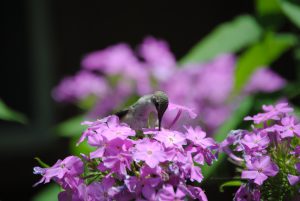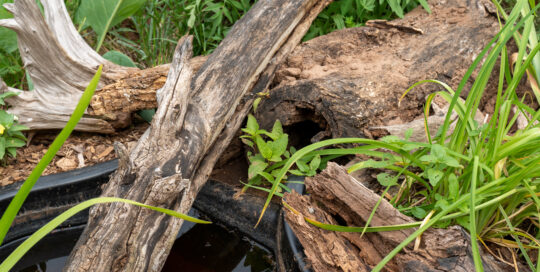Bird Migration: Birds on the Move
Views: 4322

I’m always sad in September and October when many of my favorite birds start disappearing from the yard. I worry about my migrants. Many of them face grueling, perilous bird migrations to Central or South America. What dangers will they face on their travels south? Will they find food? Will they run into storms or bad weather? Some may cross the Gulf of Mexico in a single flight. Will they find their winter homes unmarred by disaster, either caused by humans (development) or nature (fires, drought, flooding)? Like an overprotective mother hen, I worry about what awaits them in their winter homes.
I will miss my loyal family of Mississippi Kites who like to perch in my front yard, hunting grasshoppers. They may winter as far south as Brazil, while my pair of Louisiana Waterthrushes may travel as far as Columbia. Scissor-tailed Flycatchers, the Oklahoma State Bird, winter in Central America. My Phoebe pair, too, disappears around this time, although I understand they may not travel as far south as some other species. I’ve never seen my Belted Kingfisher on the pond in winter. Click this link to see an animated map showing bird migrations for 118 species, based on actual sightings: //www.allaboutbirds.org/mesmerizing-migration-watch-118-bird-species-migrate-across-a-map-of-the-western-hemisphere/
Hummingbird Delight
Especially, I will miss Zeus and Hera, my territorial Ruby-Throated Hummingbirds, who have spent the summer zealously defending their feeder from all-comers. This year they hatched at least two young. I watched as these youngsters were fledging, learning to eat and fly at the same time. At first, the fledglings clung to the flowers, flopping awkwardly, trying to eat while perched. Only a day later, they had figured it out, and could eat and fly at the same time. Ostensibly, the entire family will be traveling south to Mexico and Central America. But I had one buzz past my ear in the garden just last week. It was a reminder that I need to leave my feeder out.
I plan to leave my hummingbird feeder up all winter this year. Last winter, a Rufous Hummingbird reportedly stayed all winter near Keystone Lake, just east of me in North Central Oklahoma. According to the Audubon Society and other sources, hummingbirds (of a variety of species) are wintering along the Pacific Coast, through Arizona, southern New Mexico, Texas and all along the Gulf Coast and southeast. Rufous Hummingbirds are banded every winter throughout the southeast in places like South Carolina and Georgia, even as far north as Ohio. These overwintering hummers need a food source to survive, and, if one finds my home this winter, I plan to help out. If you live in the south or along the West Coast, I’d encourage you to do the same. Bring the feeder inside on freezing nights, then put it out in the morning. Who knows, you might just save a hummingbird’s life.
Meet Leslie Miller
Leslie Ann Miller shares 3.5 acres in rural Oklahoma with birds, butterflies and wide variety of animals. She is currently transforming her yard with plantings…
Leslie's Recent Posts

Creating microclimates and microhabitats to benefit wildlife






